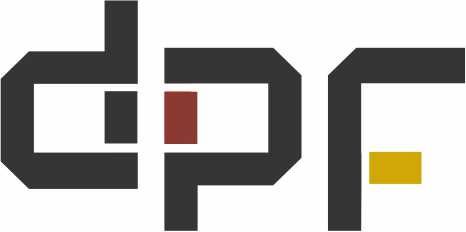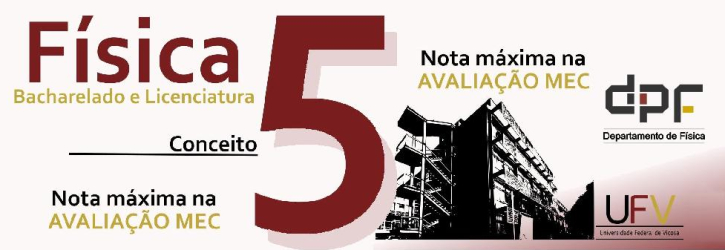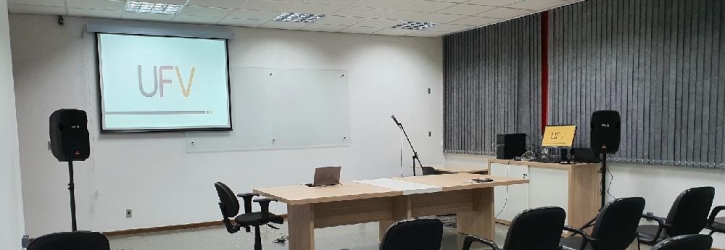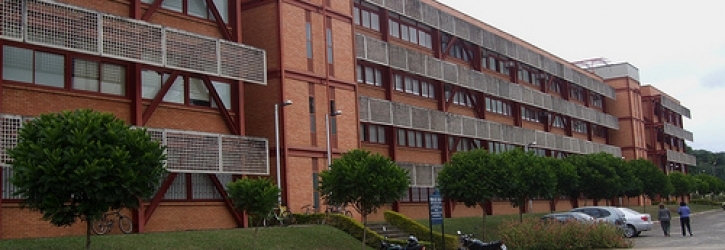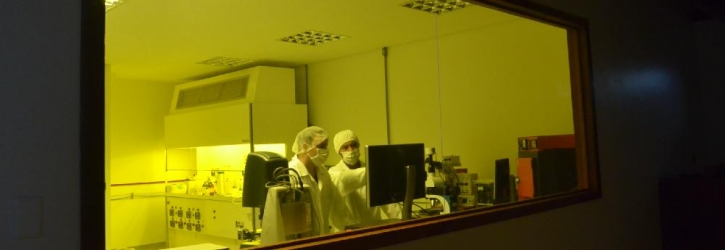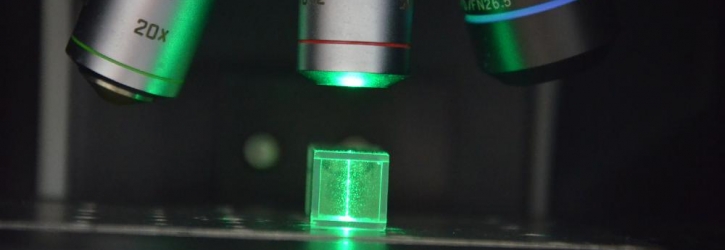Informativo
Seminário EXTRA da Pós – dia 29/05/24
“Nonreciprocal superconductivity”
Elia Strambini – NEST, Istituto Nanoscienze-CNR and Scuola Normale Superiore (Itália).
DATA: 29/05/2024.
HORÁRIO: 10h.
LOCAL: Auditório do CCE.
RESUMO:
The recent advances in the realization of non-reciprocal superconducting circuits will be reviewed. Satrarting from a general perspective, I’ll show the key concepts to obtain non-reciprocal transport in superconductors, a condition usually forbidden by electron-hole symmetry constraints.
As a practical example, I’ll present the superconducting spintronic tunnel diode [1], a Shockley-like-diode operating at ultra-cryogenic temperatures. Thanks to the unusual interplay between superconductivity and ferromagnetism engineered Cu/EuS/Al tunnel junctions, a direction-selective electron transport is observed and quantified for charge rectification and thermoelectricity.
Complementary to the dissipative Shockley-like-diodes are the supercurrent diodes [2]. This new concept of diodes is based on the dissiptionless supercurrent flowing preferentially in one direction of the device. In the manifold varieties of supercurrent diodes, I will present a sample experiment of a Josephson diode formed by a Nb/InSb/Nb junction [3]. Here the strong spin-orbit interaction of InSb combined with the external magnetic field allows the generation of unidirectional supercurrents based on the magneto-chiral anomalous phase.
Promising near-future applications of nonreciprocal spintronic superconductors will be discussed ranging from the implementation of biasless ultrasensitive THz detectors, rectifiers, microwave switches and cryogenic low dissipation electronics.
[1] E. Strambini, et all. “Superconducting spintronic tunnel diode,” Nat Commun 13(1), 2431 (2022).
[2] M. Nadeem, M.S. Fuhrer, and X. Wang, “The superconducting diode effect,” Nat Rev Phys 5(10), 558–577 (2023).
[3] B. Turini, et all. “Josephson Diode Effect in High-Mobility InSb Nanoflags,” Nano Lett. 22(21), 8502–8508 (2022).
